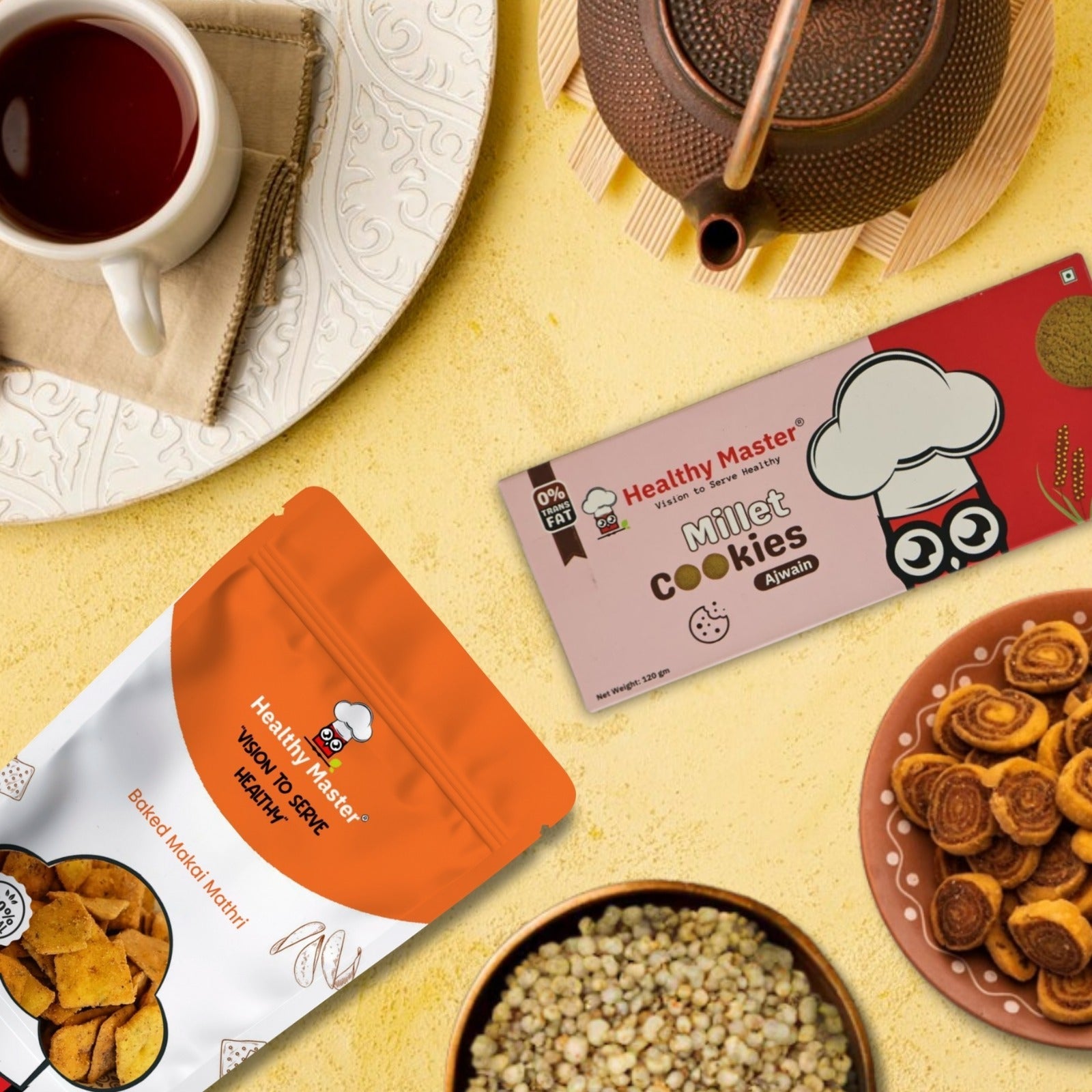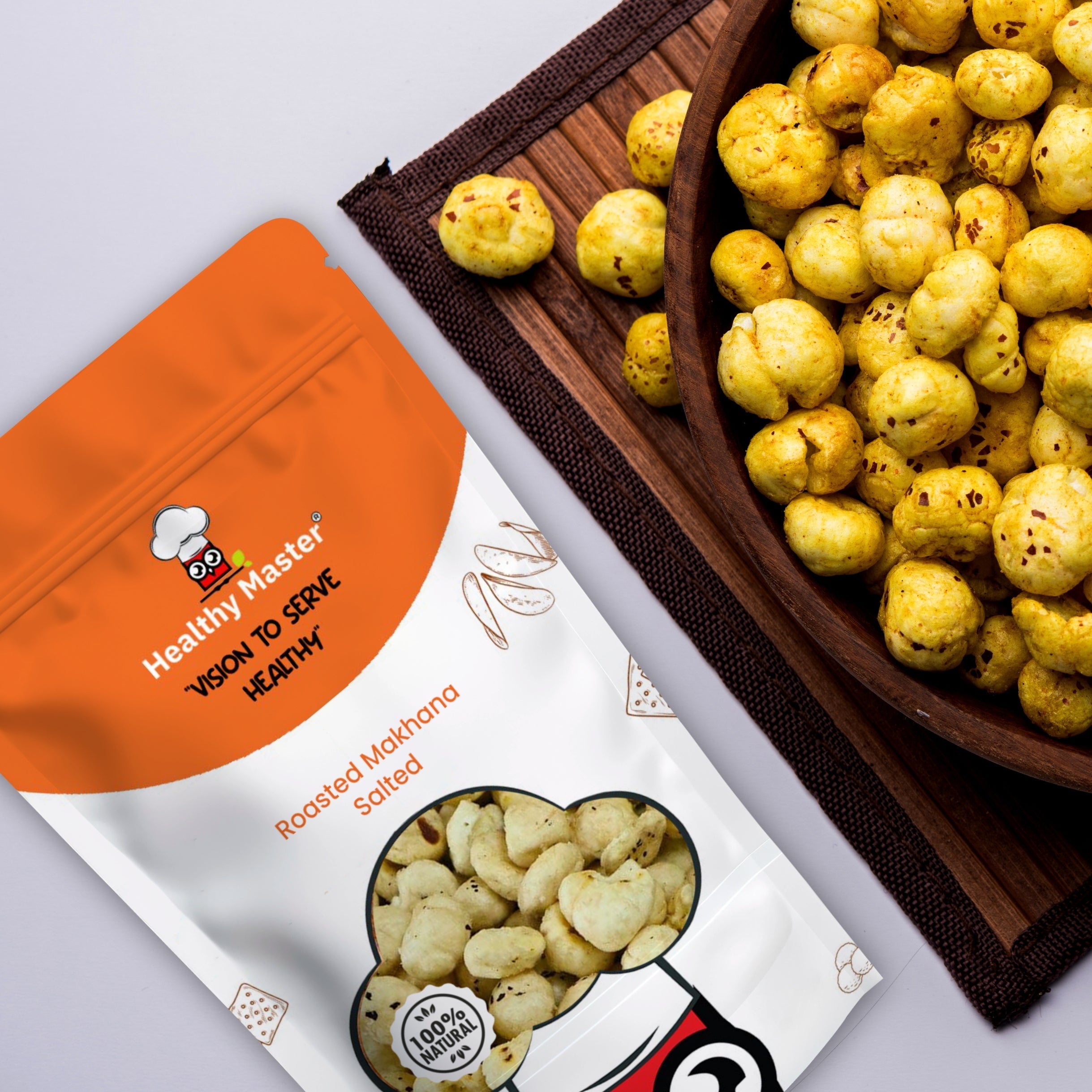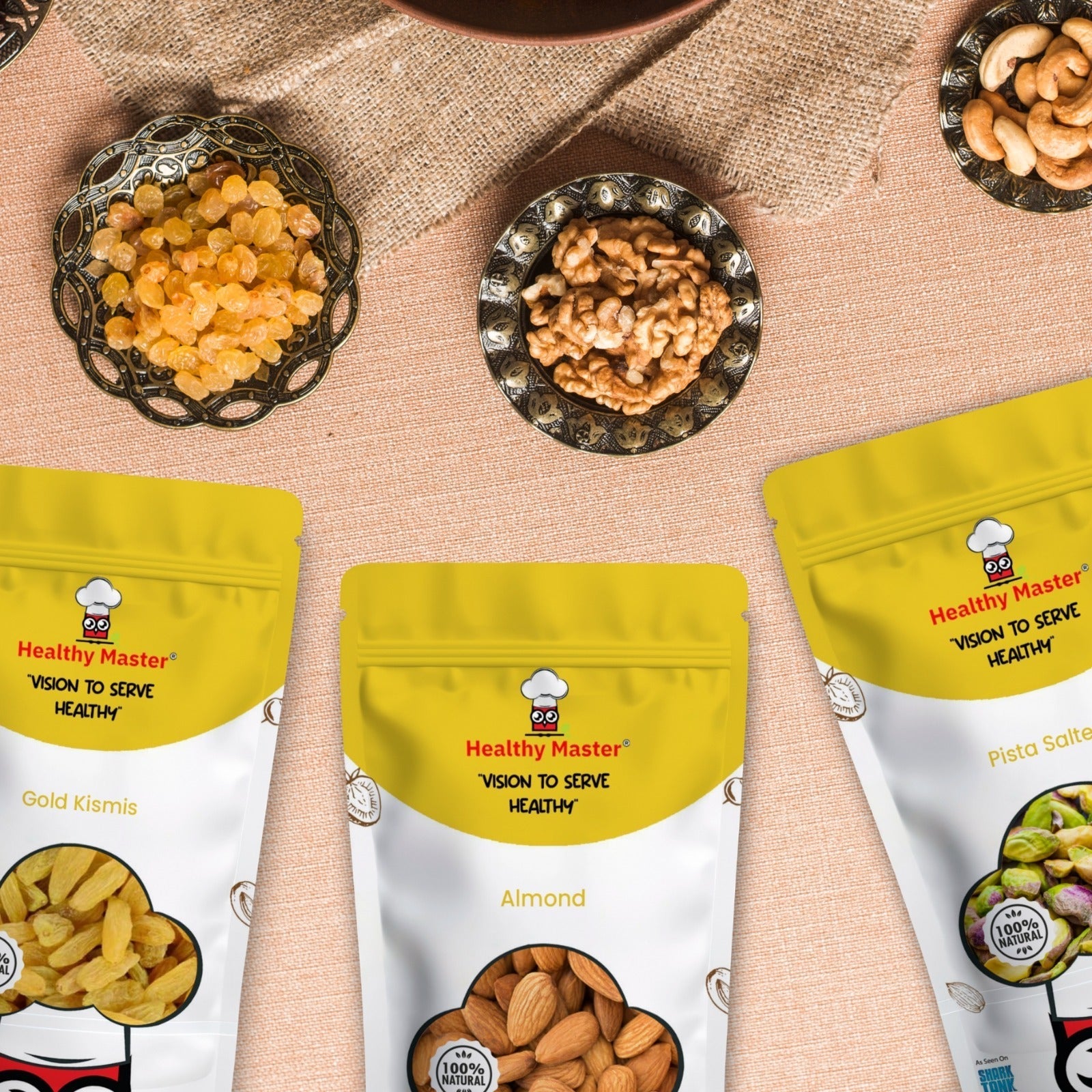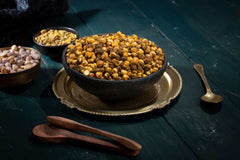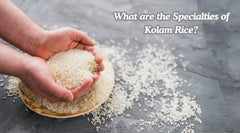India's geographical diversity creates a foundation for what many consider superfoods, or nutrient-dense foods that have been staples in traditional diets for centuries. The country's vast range of climates and terrains, from the Himalayan mountain peaks to southern coastal regions to arid zones, produces a remarkable variety of superfoods.
Indian Ayurveda has recognized the medicinal properties of many Indian foods. Interestingly, India's biodiversity has preserved the legacy of common foods. A balanced diet incorporating diverse foods, which India's geography naturally supports, tends to be more beneficial than focusing on individual miracle foods. The challenge now is preserving this agricultural diversity as farming practices modernize, people's tastes and preferences are changing, and climate patterns are shifting.
At Healthy Master, we are supporting the preservation of this agricultural diversity by sourcing directly from farmers, supporting heirloom varieties, and bringing you authentic, nutrient-rich Indian superfoods in their purest form.
What Are The Top 5 Indian Superfoods?
Though India's agricultural diversity is full of thousands of nutritional jewels, some stand out particularly for their outstanding health benefits and cultural importance. The following superfoods are the best of India's culinary heritage and modern-day nutritional understanding,
- Amla,
- Jackfruit,
- Moringa,
- Ragi, and
- Flax seeds,
all steeped in the rich soil and tradition of the country.
1. Amla (Indian Gooseberry)
Amla is a fruit that contains 20 times more vitamin C than oranges. This translucent green fruit has been worshipped for about 5,000 years in Ayurveda as a rasayana (rejuvenative). Besides vitamin C, it offers powerful antioxidants like anthocyanins and ellagic acid that fight free radicals and boost the immune system. Traditional treatment methods such as amla pickle, juice, and candies help retain nutrients and give them a pleasant taste. It maintains blood sugar levels and heart health and supports the theory of healthy aging. The astringent properties of its constituents are also beneficial for digestion and skin.
2. Jackfruit
The world's largest tree fruit, jackfruit, is a sustainable superfood supply and nutritional treasure in tropical India. Vitamin A, vitamin C, and dietary fiber are abundant in jackfruit, which is also good for the immune system, digestive system, and eyes. Its high potassium content maintains blood pressure, and magnesium ensures bone strength. What is so special about jackfruit is that it is versatile - young jackfruit replicates the texture of meat, hence its suitability for plant-based meals, and ripe fruit contains natural sugars and energy. The seeds contain protein and resistant starch. Indian meals use all parts of this fruit.
3. Moringa (Drumstick Tree)
This tree has been called a "miracle tree" and grows in semi-arid regions of India, providing the best nutrition in its leaves, pods, and seeds. Moringa leaves have more calcium than milk and more potassium than bananas. They also have twice as much vitamin A as carrots. Because of this nutritional value, moringa has been relied upon in ethnomedicine to counter malnutrition and energize patients. Because the leaves present all nine essential amino acids, they are recognized as a whole protein from plants: a very rare characteristic. Its isothiocyanates make it anti-inflammatory, while its antioxidants help keep free radicals low and keep cells healthy. The usage of moringa in modern cuisine spans the whole spectrum, with fresh leaves cooked in dal and dried powder mixed into shakes.
At Healthy Master, our premium moringa noodles retain all these vital nutrients through careful processing, making it an easy, tasty, and healthy snack option to add this superfood to your daily routine.
4. Ragi (Finger Millet)
Having grown for over 4,000 years in the southern states of India, ragi is one of the country's oldest millets. It effectively promotes the development of healthy bones because it is gluten-free and incredibly high in calcium. Complex carbohydrates found in it provide a continuous supply of energy. This property proves beneficial for both diabetic patients and athletes. Ragi contains methionine, which is often low in other cereals, while its fiber content is beneficial for digestion and satiety. Ragi's tryptophan helps with mood management, sleep, and relaxation. Foods like ragi mudde, ragi millet snack, dosa, and porridge help in extracting maximum nutrition from the grain. Unlike refined grains, ragi is considered to be one of those superfoods best eaten in their near-natural state since very little processing robs food of its nutrition.
Healthy Master's ragi chips offer a convenient, crunchy way to enjoy this nutritional powerhouse as a guilt-free, healthy snack.
5. Alsi (Flax) Seeds
Grown in the cooler parts of India, flax seeds bring great nutrition to the tiniest of packages. These seeds are the richest plant source of alpha-linolenic acid (ALA), an omega-3 fatty acid imperative for brain and heart health. Even a tablespoon can provide a good supply of lignans - antioxidative substances that may have hormone-balancing effects. The soluble fiber in flax seeds works to keep cholesterol and blood sugar levels in check while it also promotes digestive health. Its protein content covers all essential amino acids. Traditional Indian medicine has used flax for aiding digestion and various skin disorders. Today, research supports those uses and suggests many more related to cardiovascular health.
Healthy Master’s flax seeds offer more nutrients, making them perfect additions to rotis, smoothies, traditional preparations, and other healthy snacks.
Conclusion
India's rich agricultural heritage offers a treasure trove of superfoods, each deeply rooted in tradition and packed with unparalleled nutritional value. From the vitamin C powerhouse amla to the versatile and protein-rich jackfruit, the "miracle tree" moringa, the calcium-dense ragi, and the omega-3-rich flax seeds, these foods represent the best of India's biodiversity.
Embracing these traditional foods isn't just about healthier eating. It's about supporting sustainable practices and celebrating a culinary heritage. Let's work together to cherish and integrate these incredible gifts from nature into our modern diets. Explore Healthy Master's healthy snacks online collection and bring the power of India's agricultural diversity to your plate. Taste the tradition, nourish your body. Follow us and shop now!
Frequently Asked Questions
-
What is a supreme superfood?
There's no single "supreme" superfood; the best approach is a balanced diet rich in a variety of nutrient-dense foods.
-
What is the oldest superfood?
Identifying the absolute oldest is difficult, but foods like millets (e.g., ragi), lentils, and certain ancient grains have been staple "superfoods" for millennia.
-
Is it OK to eat superfood every day?
Yes, incorporating a variety of superfoods into your daily diet is generally beneficial for overall health.
-
Is makhana a superfood?
Yes, makhana (fox nuts) are considered a superfood due to their high nutritional content, being rich in protein, fiber, and minerals.
-
Is milk a superfood?
Milk is a nutrient-dense food rich in calcium and protein, making it a valuable part of many diets, though whether it's a "superfood" can depend on individual dietary needs and preferences.
 Deal of the week : Trial Snack Box - 18 Wholesome Delights Just at ₹ 899.00
Deal of the week : Trial Snack Box - 18 Wholesome Delights Just at ₹ 899.00


